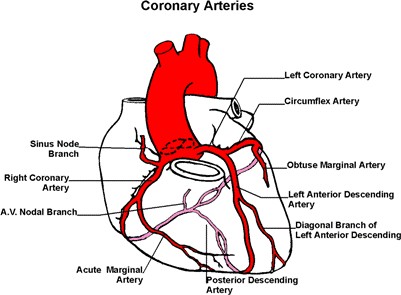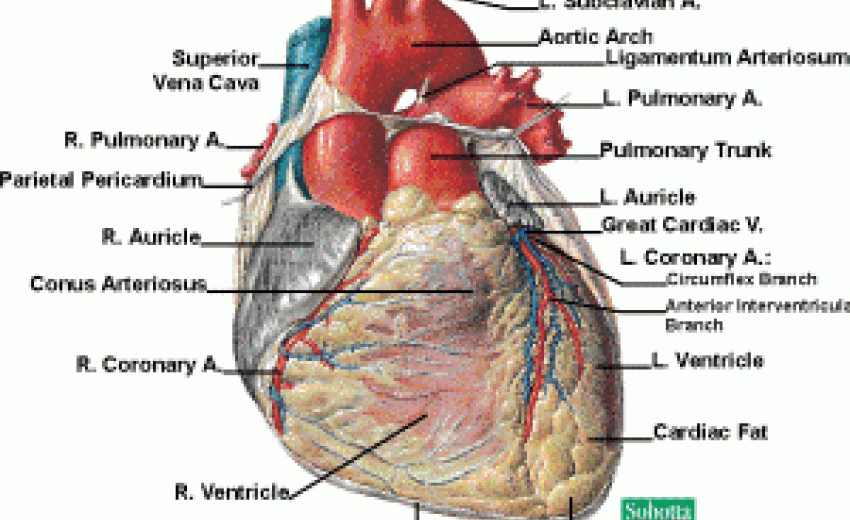 |
Flexibility is one of the main aspects of physical fitness along with cardiovascular fitness, muscular strength and endurance. Most health clubs emphasize cardiovascular fitness and muscle strength, giving only an occasional class that will improve flexibility, such as yoga.
As we get older it is normal for our arteries to begin to become stiff. No one knows the exact cause of this stiffening but it begins to occur in middle age. It has been shown that higher levels of physical fitness seem to delay the the development of the age-associated stiffening of our arteries. We know that this stiffening of the walls of our arteries has been found to be an independent risk factor for cardiovascular disease like heart attack and strokes as well as death. None of us want stiff arteries for it is just logical that blood will not flow as well in a stiff artery.
In a recent article by Yamamoto, Kuwano and others,(1) the authors evaluated over 500 non-obese Japanese adults who had no sign of chronic disease based on their history and a physical examination including blood tests. None of the people in the study were on medication. They divided the group up into young, middle age and older patients.
The authors were testing the hypothesis that a less flexible body would have more arterial stiffening.
In addition to age, the people in the study were then divided into two groups depending upon how flexible they were in a "sit and reach test."
EVALUATING YOUR OWN 'SIT AND REACH' FLEXIBILITY
This research study used very sophisticated medical equipment called "pulse wave velocity" to measure the elasticity - or stiffness - of the arteries in the patients. This is not equipment that we can use ourselves at home to look at our arteries. Only sophisticated medical equipment in a research facility is able to do this.
However, I am happy to say that the "sit and reach test" is a standardized flexibility test and you can do it at home. There are several ways to do this test. The YMCA has a very easy way to do it at home and it does not require expensive equipment like they used for this medical research.The steps for this test at home are:
1) Warm up with some aerobic exercises and some arm movements.
2) Sit on the floor with your back and head flat against the wall, after you put a yardstick between your legs with your feet about 10 inches apart. Set the yardstick so its 15 inch mark is right at the bottom of your feet by your heels.
3) Place one hand over the other so the tips of your middle two fingers are on top of each other.
4) Now slowly stretch forward. Do not bounce or jerk your arms. Slide your fingertips along the yardstick as far as you can. The further your reach the better your score will be.
5) Do this three separate times and take your best measurement.
6) Then go to Shapeup.org, type in your number of inches and click to find out how good your flexibility is.
For men under age 55, if you reach 12 inches on the yardstick, when you bend forward, you are average, and over 19 would be excellent. For men over age 55, 10-12 is average and over 17 would be excellent.
For women under age 55, 16 inches would be average and over 21 would be excellent. For women over age 55, 15 would be average and over 20 would be excellent.
FLEXIBILITY AND YOUR ARTERIES
They also evaluated the patient's overall muscular strength, as well as peak oxygen uptake and other measurements of cardiovascular fitness.
The findings were quite astonishing! In middle-aged and older people, but not in younger people, better flexibility in their body, such as touching their toes, was associated with less arterial stiffening. With further analysis, the scientists found that age, cardiovascular fitness, muscular strength and flexibility each correlated independently with the measurement of arterial stiffness.
They also found that people with low flexibility had higher blood pressure.
The authors came to the conclusion that a program of stretching exercises, such as yoga or pilates, which of course will make a person more flexible, might improve the flexibility of arterial walls. This then would reduce a person's risk for cardiovascular disease and death. They recommended a further study be done to show if an exercise program to improve structural flexibility, such as yoga, would lessen any existing stiffness in our arteries.
In another study that had been published earlier (2), Doctors Cortez-Cooper and colleagues found again that stretching exercises, but NOT strength training or aerobic exercise, improved (by 23 percent) the flexibility of the carotid artery, the main artery in our neck that carries blood to our brain.
My spiritual teacher, Yogi Bhajan, taught us decades ago that our age correlated with the "age of our spine." By this he meant how flexible our spine was. His teaching was based on 5,000 years of yogic science, and it is exciting to see how modern science is confirming yogic knowledge from thousands of years ago.
These are two of the first scientific studies I have seen that actually shows that flexibility exercises, such as yoga and/or pilates might help keep us healthy longer and reduce the incidence of cardiovascular disease. This is very exciting information! Once further studies can show reversibility of artery stiffness with flexibility exercises, every health club in the country should add yoga or pilates classes to equal their aerobic exercise offerings. Since heart disease is the number one cause of death in our country, this could be life-saving.
Let me know what you think. Can you touch your toes without bending your knees? How do you feel when you do yoga? Do you do regular flexibility exercises or just aerobic exercise? Which makes you feel better? If you have high blood pressure, how is your flexibility when you measure yourself?
1) Yamamoto, K., H. Kawano, et al. (2009). "Poor trunk flexibility is associated with arterial stiffening." Am J Physiol Heart Circ Physiol 297(4): H1314-1318.
2) Cortez-Cooper, M. Y., M. M. Anton, et al. (2008). "The effects of strength training on central arterial compliance in middle-aged and older adults." Eur J Cardiovasc Prev Rehabil 15(2): 149-155.
3) YMCA "Sit and Reach" test
Soram Khalsa, M.D. is a practicing physician and clinical Professor of Medicine at the Southwest College of Naturopathic Medicine. He is a pioneer in Integrative Medicine, and a founding member of the American Holistic Medical Association. He is the author of The Vitamin D Revolution. You can follow him on Twitter, and become a fan on Facebook.
Dr. Soram Khalsa
Board certified in internal medicine, Medical Director for the East-West Medical Research Institute
Follow Dr. Soram Khalsa on Twitter: www.twitter.com/vitamindrev





